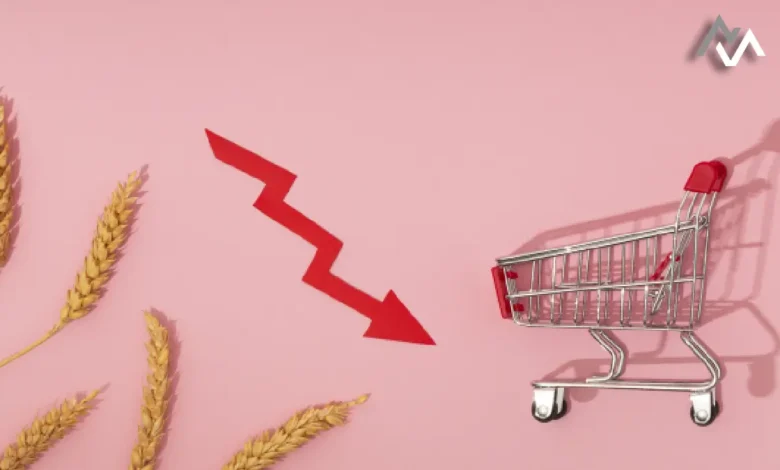The Looming Market Bubble: A Warning by Mark Spitznagel

Mark Spitznagel, a prominent hedge fund manager and founder of Universa Investments, has issued a stern warning regarding what he believes to be the largest market bubble in history. According to Spitznagel, a recession is imminent, one that will dwarf previous economic downturns, and even the Federal Reserve will be unable to prevent its impact. Spitznagel’s prediction is rooted in the idea that current market valuations are unsustainable, fueled by excessive risk-taking and artificial monetary policies.
Why the Market Bubble May Burst
Spitznagel’s concerns stem from several key factors, including historically low interest rates and unprecedented levels of liquidity injected into the financial system. The Federal Reserve’s monetary easing has artificially inflated asset prices, creating an environment where financial markets are overvalued, and the economic fundamentals no longer support these high valuations.
Spitznagel argues that the longer this continues, the greater the risk of a sudden market correction. When the bubble finally bursts, it could lead to a severe economic downturn, affecting not only financial markets but also broader economic activity. Even the Fed, with all its tools, may not be able to mitigate the fallout.
The Role of Risk and Leverage
One of the primary drivers behind this bubble, according to Spitznagel, is the excessive use of leverage in the markets. Investors are increasingly taking on higher levels of debt to finance their positions, creating a fragile system that is susceptible to shocks. When markets correct, these leveraged positions can quickly unravel, leading to widespread losses.
This over-reliance on debt and risky investments has led to what Spitznagel describes as “moral hazard,” where investors believe that central banks will always intervene to save the markets. However, he warns that this belief could be misguided, and when the market correction comes, it may be more severe than anticipated.
Lessons from Past Bubbles
Spitznagel’s prediction is not without precedent. He draws parallels to previous market bubbles, such as the dot-com bubble of the late 1990s and the housing bubble of 2008. In both cases, excessive speculation and risk-taking led to catastrophic market crashes. Spitznagel suggests that the current market environment is even more precarious, as central banks have been more aggressive in their interventions, creating an even larger disconnect between asset prices and economic reality.
What Can Investors Do?
For investors, Spitznagel’s warning serves as a reminder of the importance of risk management. He advocates for strategies that focus on protecting capital during downturns, rather than chasing returns during booms. This could mean diversifying portfolios, reducing exposure to overvalued assets, and considering alternative investment strategies that can perform well during market corrections.
Investors should also be wary of relying too heavily on central bank intervention to prop up markets. While monetary policy has been effective in the short term, it may not be able to prevent a major market crash if the bubble bursts.
Conclusion
Mark Spitznagel’s prediction of a looming market bubble and recession is a stark reminder of the fragility of the current financial system. With excessive risk-taking, leverage, and artificial market support from central banks, the stage is set for a significant market correction. Investors must heed these warnings and prepare for the possibility of a market downturn by focusing on risk management and capital preservation strategies.




